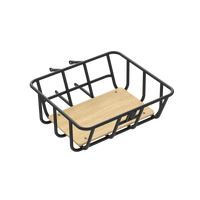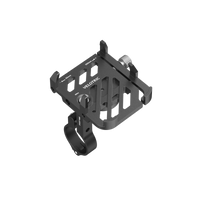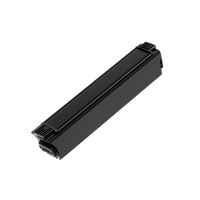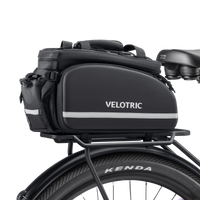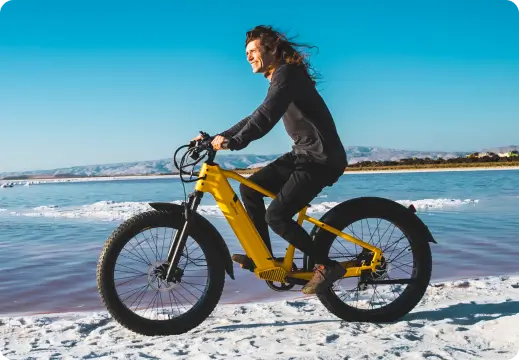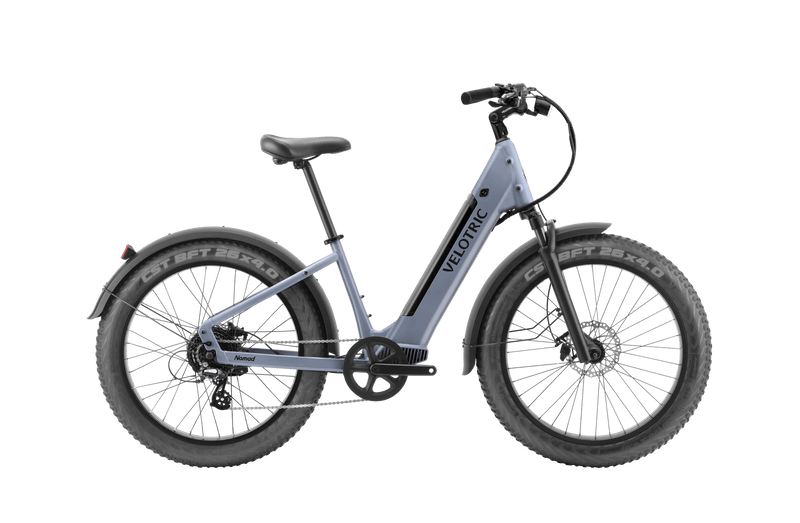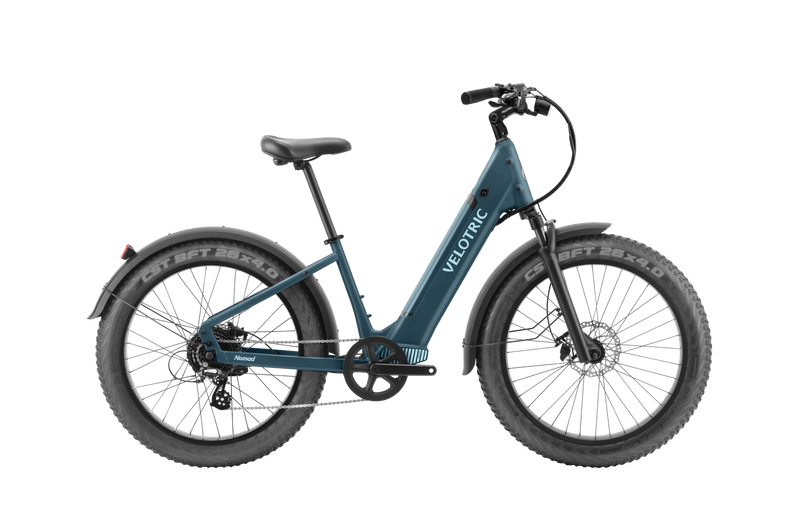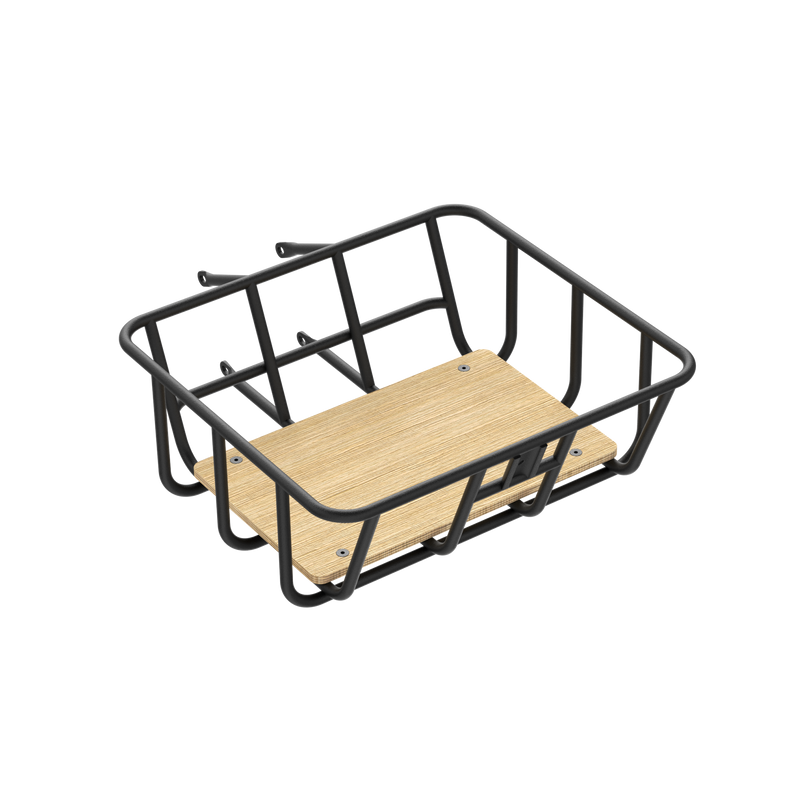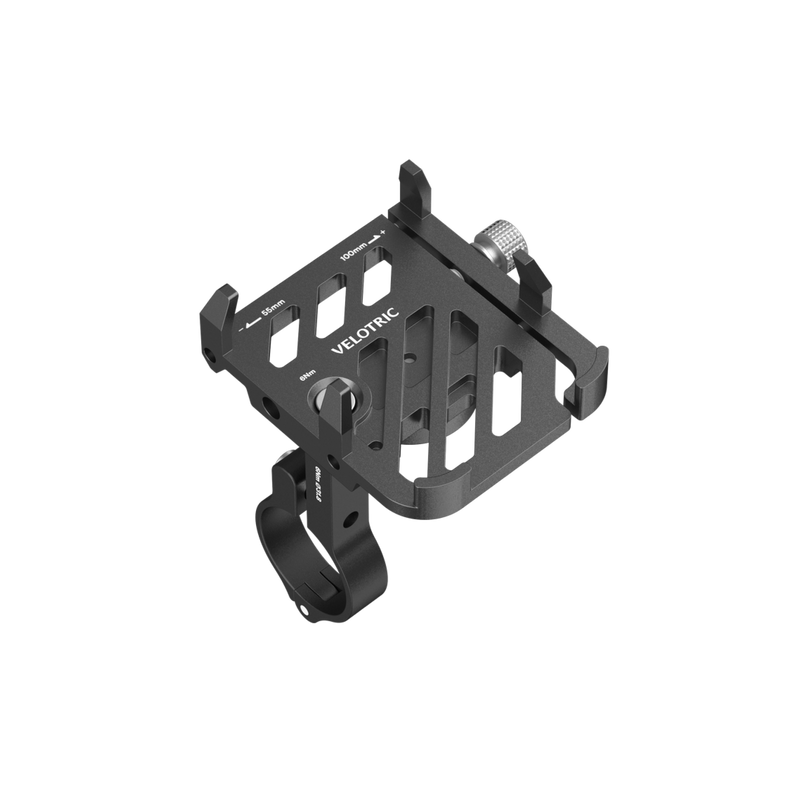When it comes to how comfortable your electric bike is to ride, the bike seat can make or break your experience. The bike’s seat (or saddle) should support your preferred riding style, whether you’re flying down trail runs, racing along city streets, or cruising for fun.
The key to choosing the right bike saddle? Knowing what you’re doing with your bike. Of course, it takes more than the right saddle to ensure a great ride. You also want to adjust your bicycle seat’s height — an important part of properly fitting your bike.
This guide explains what you need to know about e-bike seats, including the components that make up the bike seat, the styles of bicycle saddles available, and how to adjust your seat.
Bike seat components to understand
Whether you’re shopping for an electric bicycle or need to adjust your current saddle, it helps to understand the terminology used to discuss e-bike seats.
The ability to identify saddle parts ensures you can discuss seat options or adjustments with bike shop pros, telling them what you want and need.
It also ensures you’ll know what they’re talking about if they discuss saddle details with you.
Here are the essential parts of a bike seat:
Shell
The shell (or chassis) is a hard base that serves as the saddle’s foundation. The shell controls the shape and flexibility of the bike seat.
A bike seat shell can be made of plastic, reinforced polymers, or carbon fiber. The cheapest shells are made of plastic, while the most expensive ones are carbon fiber. Carbon fiber is considered superior because it’s strong but lightweight.
Cover
The cover is the part of the saddle that you sit on. Seat covers can be made of leather, synthetic materials, or cotton. Synthetic materials are the most common, as they’re low-maintenance and lightweight.
Some cyclists prefer leather, which slowly adapts to the rider’s body over time. However, leather requires more maintenance and care. For example, it isn’t waterproof and must be treated with leather care solutions, especially after riding in the rain.
Cotton seat covers are another option and offer great breathability and stretch.
Rails
The e-bike seat affixes to a set post clamp by rails. The rails let you move the seat backward and forward, affecting your position.
Rails can be made of steel, alloy, titanium, or carbon fiber. Carbon fiber is great at absorbing shock and lightweight, but it’s also the most expensive.
Titanium is another premium option because it is light, strong, and shock-absorbent. However, like carbon fiber, it’s on the pricier side.
Steel and steel alloy rails are generally more affordable, though they’re heavier.
Cushion
Seats might be cushioned with gel or foam. Gel padding adapts to the cyclist’s shape better.
Foam provides more support and doesn’t get overly compact too quickly. Some riders prefer to ride without cushioning, as the cushion material compresses while cycling and can create pressure points.
The best way to know how much cushion you want is to test-ride seats.
Cutouts
Cutouts are holes in the saddle where material has been removed. The logic is that the extra space can reduce pressure on your backside and thighs when riding and improve blood flow.
A saddle with pressure-relieving cutouts might be right for you if you typically get a numb butt when cycling (it happens, especially if you lean forward when riding).
Bike seat types, by riding style
Different types of bike seats accommodate different bike riding styles. There are three main things to consider when picking a bike seat:
- Sit width. The bike seat should comfortably accommodate the width of your sit bones. Men’s bike saddles are generally narrower, while women’s saddles are designed to accommodate wider hips.
- Riding posture. Some cyclists prefer to ride upright, while others ride in a tucked position on top of the seat. When upright, you put more pressure on your sit bones, which can make a wide, well-cushioned seat preferable. If you ride bent over — like road racers — you put more pressure on the front of your pelvis. In this case, you might prefer a narrower bike seat with cutouts.
- Cycling purpose. People cycle for various reasons — and various saddles exist to accommodate them. For example, a cyclist who’s mountain biking won’t use the same saddle as a cyclist who does long-distance road racing.
Read on for a quick overview of the most popular bike seat styles and their purposes.
Bike seats for comfort
Comfortable bike seats are ideal for recreational cyclists who ride for everyday purposes, like exercising or commuting. These bike seats prioritize comfort with ample cushioning and a wider saddle.
Velotric’s bike seats fall into this category. Our cushioned seats have an ergonomic design and are 220 millimeters (mm) wide, accommodating cyclists with diverse body types.
Bike seats for off-road riding
Off-road riding — for example, on a mountain bike (MTB) — relates to riding on unpaved surfaces. Cyclists may go over tree roots, gravel, rocks, and other obstacles, increasing the need for a shock-absorbing ride.
Mountain cyclists shift positions frequently while riding — for example, they may stand up out of the saddle when going up an incline. Most mountain bikes have a narrow saddle to accommodate the cyclist’s shifting stance.
Bike seats for long-distance riding
Chafing (ouch!) is one of the biggest concerns when long-distance riding. There’s an increased risk that the cyclist’s inner thighs will rub against the bike saddle if it’s too wide.
For this reason, long-distance cyclists may prefer a narrower seat. Plenty of cushioning can also help make a long ride more comfortable. In this case, a leather seat might be a wise investment since it molds to your body over time.
Bike seats for road racing
When road cycling, speed is the priority. Cyclists generally use road bikes on paved surfaces, so they don’t require a lot of cushioning to absorb shock from bumps and jumps.
Additionally, road bike saddles are usually lightweight so they don’t weigh the rider down. They’re also narrow to prevent chafing and a bit longer than a recreational bike saddle.
How to set your e-bike seat height
Getting the right bike seat style to suit your needs as a cyclist is just half the battle. You also have to adjust the e-bike seat height. The right height can ensure a comfortable and ergonomic ride.
If your bike seat is too high, you won’t work all your leg muscles. Your calves will have to work harder, but your quadriceps and hamstrings won’t experience as much engagement. Plus, you risk overextending your knee.
If your bike seat is too low, you may experience knee pain and won’t be able to pedal as powerfully. (Learn proper cycling posture to avoid injury.)
Start by leaning your bike against a solid object, like a large tree trunk. Squeeze the bike’s brake lever to keep it from moving.
Mount the bike. The saddle should be low enough that you can maintain contact with the pedals when you push them all the way down while maintaining a slight bend in your knee.
You shouldn’t be able to stand on the ground. If you can, the saddle is too low.
This is your starting point. From here, increase by 1 centimeter at a time to find the right fit.
Fast pedalers usually prefer a saddle that’s a bit lower than the starting point, while more leisurely cyclists may prefer a “long ride” with a higher saddle.
How to set proper handlebar position
In addition to setting the bike seat’s height, it’s also important to set the handlebar height and position. If you’re riding recreationally, setting the handlebars level with the seat’s mid-point should give you a comfortable ride.
For road racing, the handlebar is usually set about 5 to 6 centimeters below the saddle’s midpoint to allow for an aerodynamic tucked position. For mountain biking, the handlebar grip is usually set 2 to 5 centimeters below the seat’s midpoint. Meanwhile, cruiser bikes usually set the handlebars well above the saddle.
Discover Velotric e-bike options with ergonomic seats
When it comes to comfort, the bike seat is one of the most important e-bike components. Velotric knows your saddle’s comfort can make or break your ride — which is why we don’t skimp on workmanship.
Our Discover 1 and Nomad 1e-bikes come with an urban comfort ergonomic seat that measures 220 mm in width. The saddle is affixed to an aluminum alloy seat post with a quick-release clamp.
Choose the e-bike style that’s right for your riding style: The Discover 1 is great for day-to-day commutes, while the Nomad 1 is a fat tire bike that can accommodate off-road riding.
Both bikes come in a high-step or step-through style. The high-step frame is for cyclists 5’6” to 6’9”, while the step-through frame is for cyclists 5’1” to 6’4”. The frames have been rigorously tested more than 150,000 times for functionality, safety, and quality.
Check out a Velotric bike for yourself. Schedule a test ride today.























